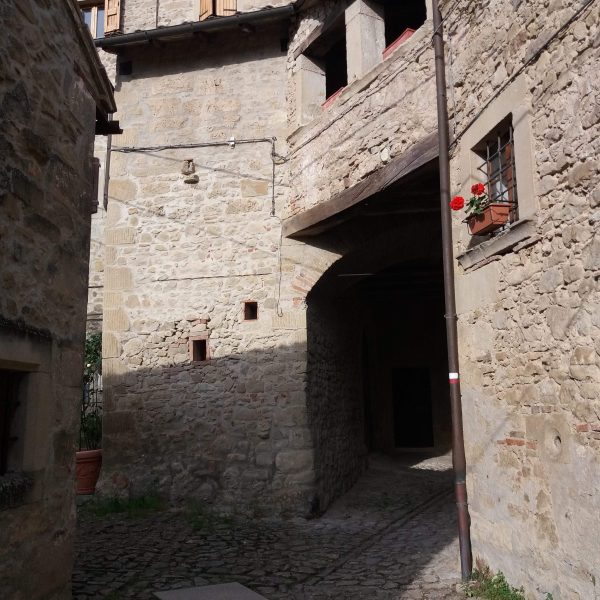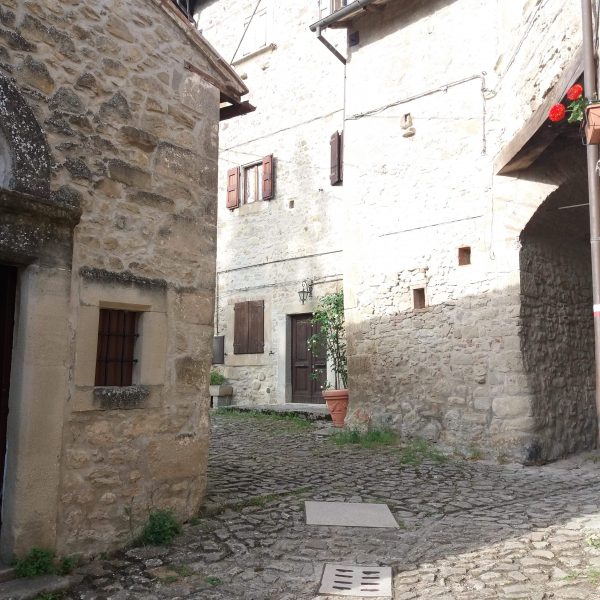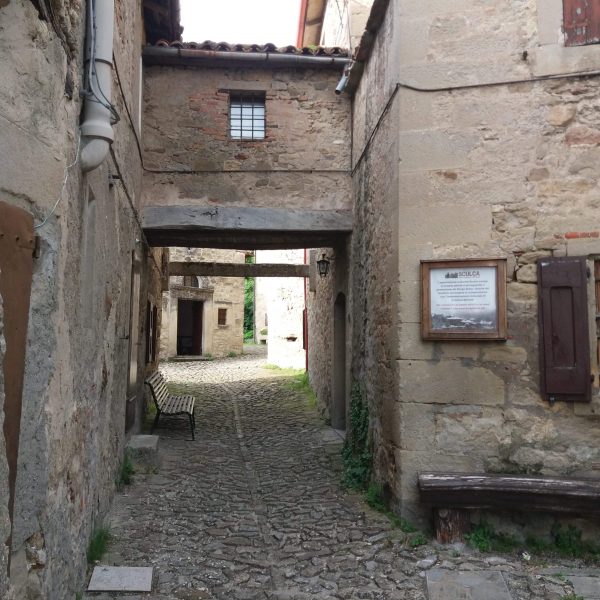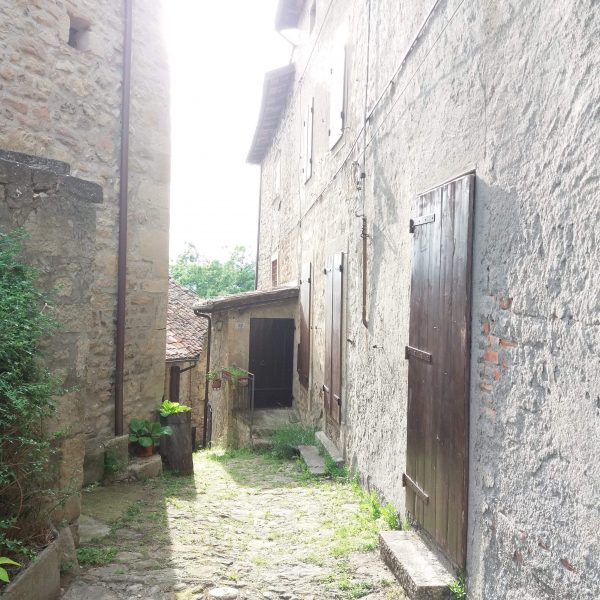A medieval burg where time stopped
A wonderful burg to rediscover medieval architecture
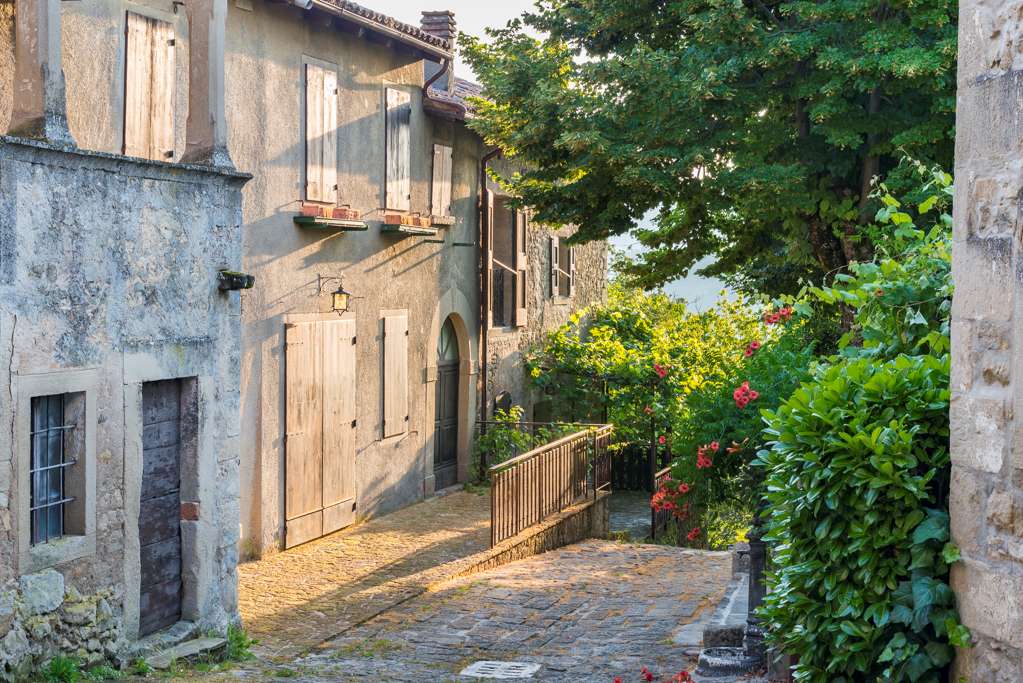
01. A dive into the Middle Ages
As soon as you reach burg La Scola, it feels like you took a dive into the Middle Ages.
The majority of the buildings are dated back to the 1400-1500’s and are great examples of medieval architecture in the Apennines made by Masters Comacini.
They came from Milan and Como, where they were united in co-operations and had a masonry school. They helped to spread the Lombard architecture in many areas.
02. One of the most distinctive burgs in Grizzana Morandi
The beautiful burg is one of the most distinctive in Grizzana Morandi. It reached our times almost completely unperturbed and was recognized as a historical center. In the Appraisal of 1235, there is only one house cited, which was called ‘Sculcula’, which means the headquarters of a small military detachment. ‘Sculca’ is also a word of Roman origins which indicates a lookout post in a high place.
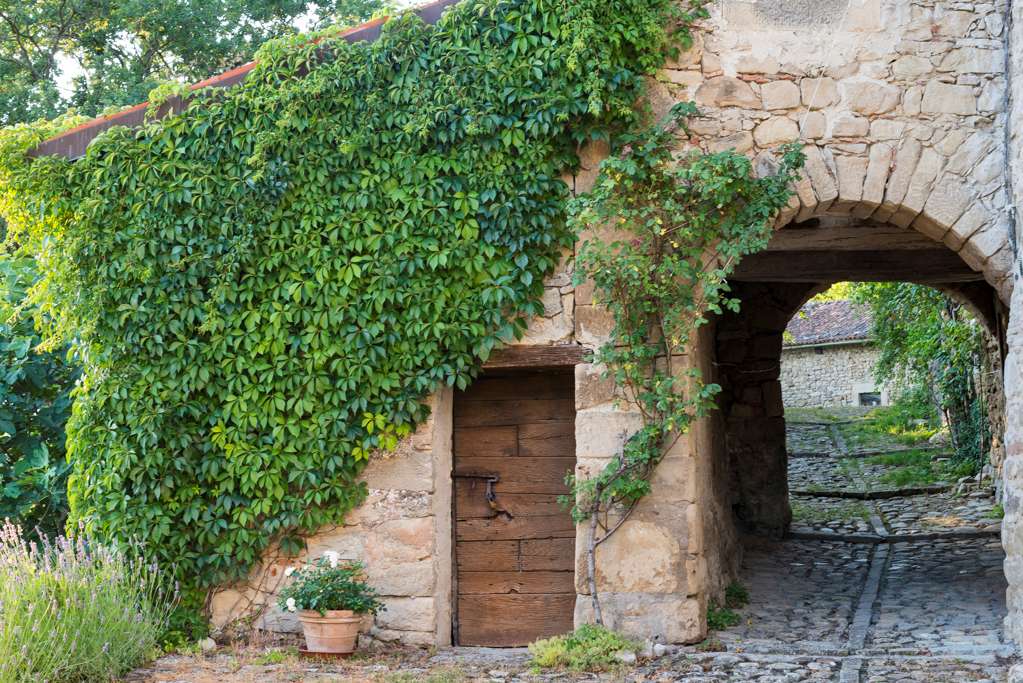
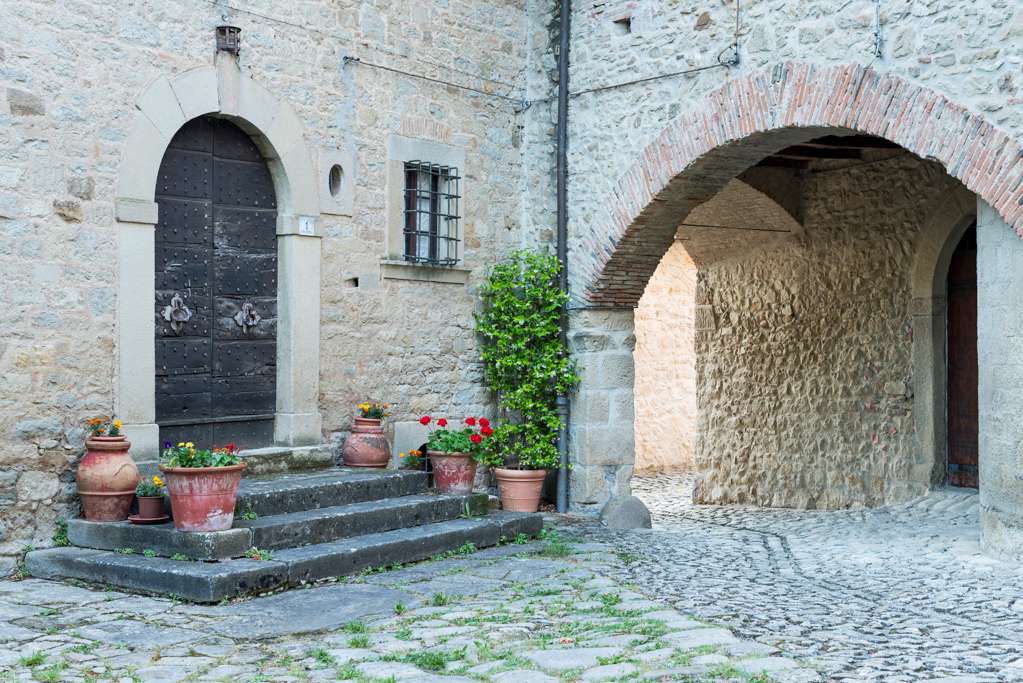
03. A burg born as a military headquarters
The fortified burg was born as military headquarters and as a place of resistance and defense of the monastery of Montovolo, which was of great religious, economic and commercial importance.
In the area of Montovolo, nearby the border with the Longobards, is the place where the legendary battles between the Franks – called Paladini – and the Longbard invaders.
The fortified burg had therefore a strategic role, and its military function explains its name and its planning. The buildings and towers were used as part of the defense system, aided by the area itself which resembles half a spur. All of this contributed to make the place impenetrable to the enemies.
04. Un cipresso con oltre 7 secoli di vita
Il borgo è caratterizzato da una decina di torri incorporate o adiacenti agli edifici principali, tutti equiparabili a case-forti, che formano sette aggregati o “insulae urbane” di dimensioni rispettabili.
Tre corpi edificati centrali godono di una serie di collegamenti fra di loro, specie ai piani superiori (“corridoi pensili”) che danno possibilità di arroccamenti interni molto utili in caso di assedio e di sortite eventuali.
Risulta magnifico il gioco di volumi accentuato dall’elevazione delle torri e dal compenetrarsi dei corpi di fabbrica a più livelli ed è armonico il rapporto con il paesaggio circostante.
Notevole il maestoso cipresso della Scola che con la sua altezza di 25 m e un’età stimata di oltre 700 anni rappresenta un vero e proprio monumento della natura.




